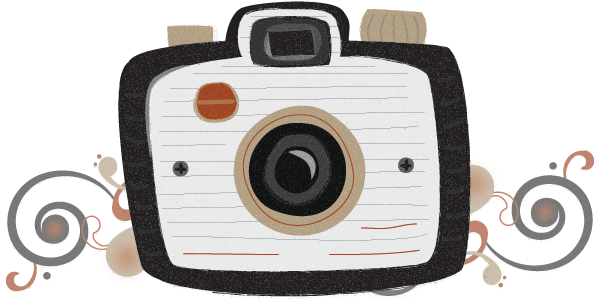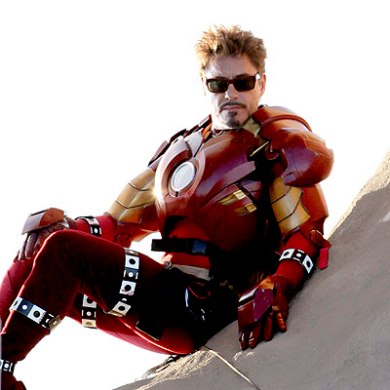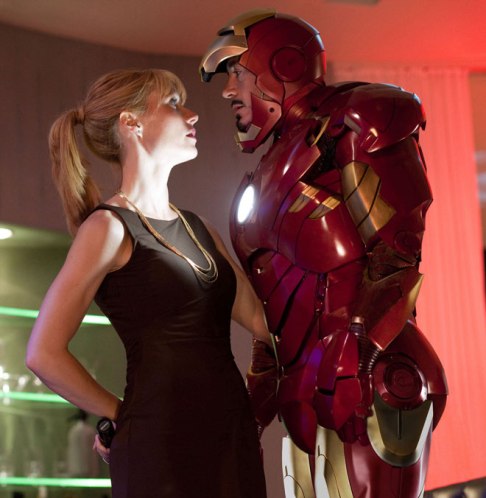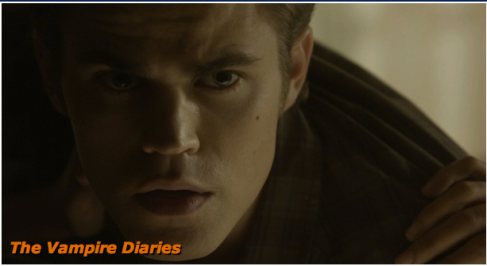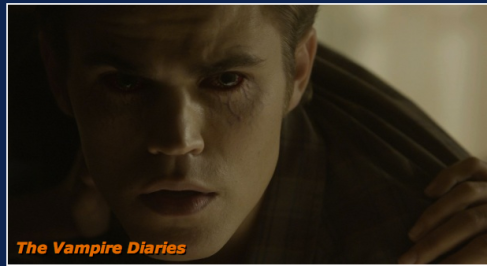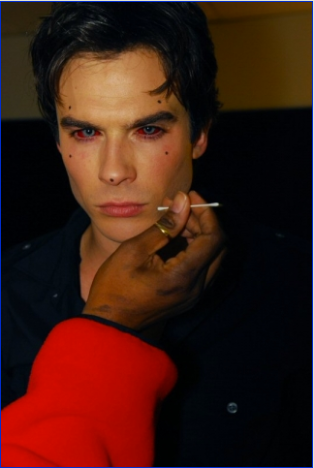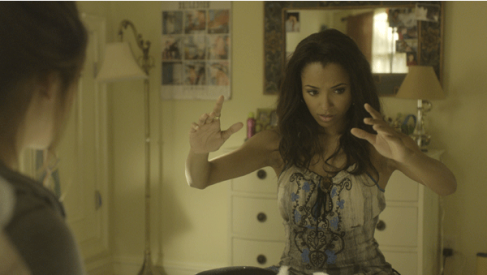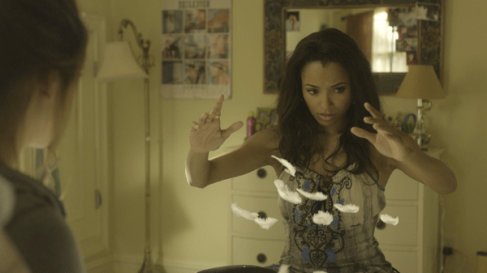Like Avatar, Life of Pi is one of those fantasy adventure film that integrates CG heavily.
The lead visual effects company behind Life of Pi was Rhythm and Hues Studio (R&H). The company is renowned for creating cg characters, and have done an incredible job creating highly complex photo-realistic digital animals such as the lion in the first Narnia movie, animals from night of the museum 1&2, and more currently the tiger in Life of Pi.
My aim is to take a look at the making of the Richard Parker, the digital tiger – What were the elements needed to create it and how is it created.
It is made up of a skeletal system, muscular system, skin and the fur.
Firstly, the skeletal system is created to simulate the basic movement of the tiger. It is later bulked up with muscles that are responsible for the primary shape of the tiger. Next, the skin would be added, and a two-pass skin solver would be applied to it – one allows the skin to be tugged by the muscles and a dynamic simulation that allows the skin to slide over the muscles and fold accordingly. Finally, fur would be added to complete the digital tiger.
The making of the fur was a demanding process. Animators have to comb and place over 10 million strands of hair on Richard Parker’s body. Also, more than a dozen artists were assigned to simulate the fur alone, focusing for example, on how the fur would glisten under various intensity and colored lights. In addition, sub-surface scatter was also applied to the fur give it a softer look and enable light to penetrate deeper into the tiger and it’s fur.
After putting together the basic elements of the digital tiger, the animators have to ensure that it would appear photo-realistic. Four real tigers were brought in for motion-capture and 100 hours long footages of the tigers were taken for reference to allow animators to zero in on the tiniest detail of motion. For example, when the digital tiger shifts its weight, the animators had to study the smallest ripple effect it creates, such as how the muscle and skin would jiggle. To bring CGI to an even higher level, real tigers were used in some shots. This meant that there was extremely little to no room for the animators to let up, as the realism of the digital tiger had to match up to the real tiger in the film. The entire process of creating and fine-tuning the mannerism of the digital tiger took the animators approximately one year to complete.
While Life of Pi is a great film with spectacular visual effects, we know that the making of the movie was not easy. Taking note of each tiny movement may seem insignificant on it’s own but when all the small details are added up, it would cause a rippling effect throughout the animation as a whole, making the animation and ultimately the tiger look more realistic and believable.
